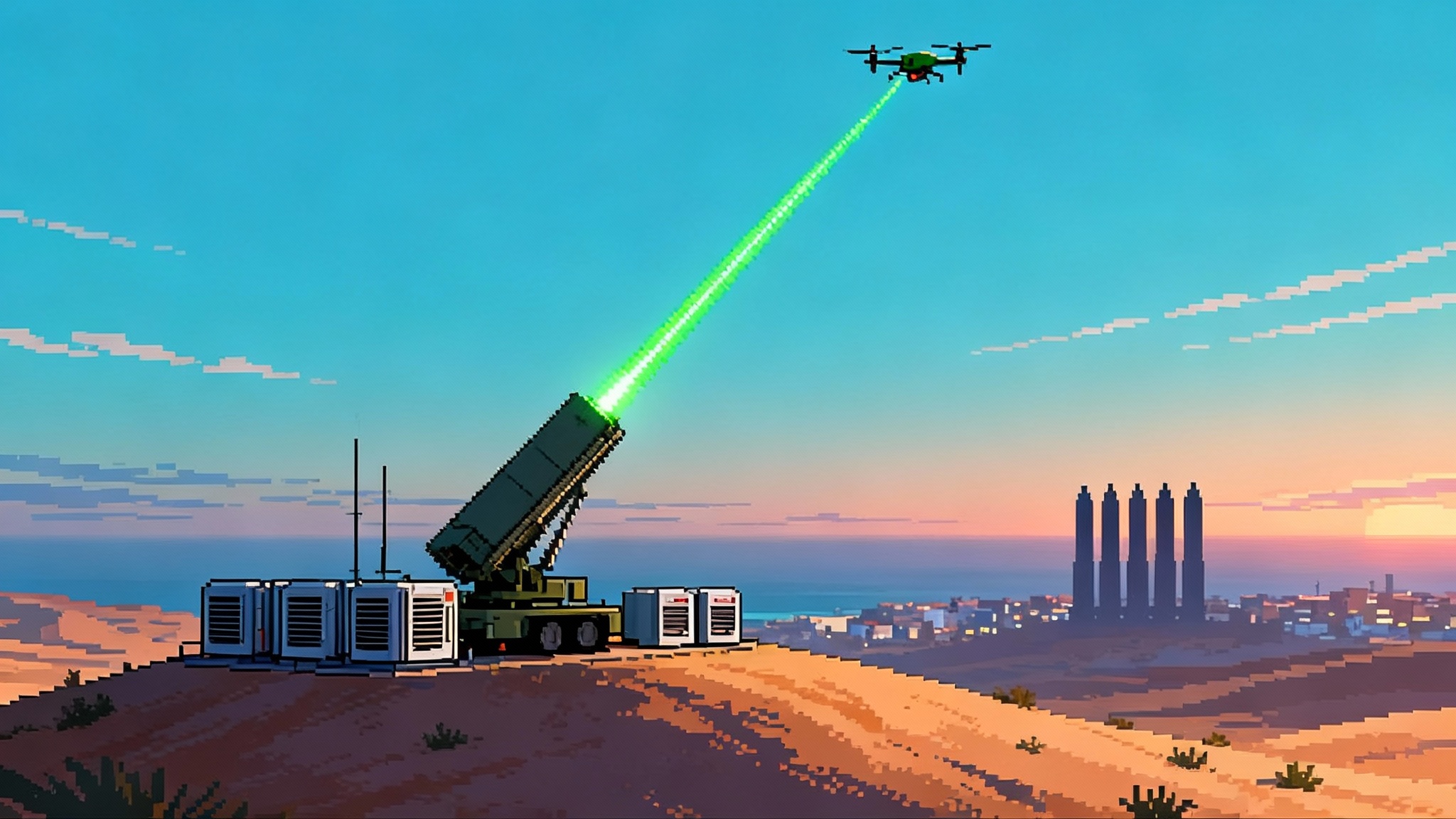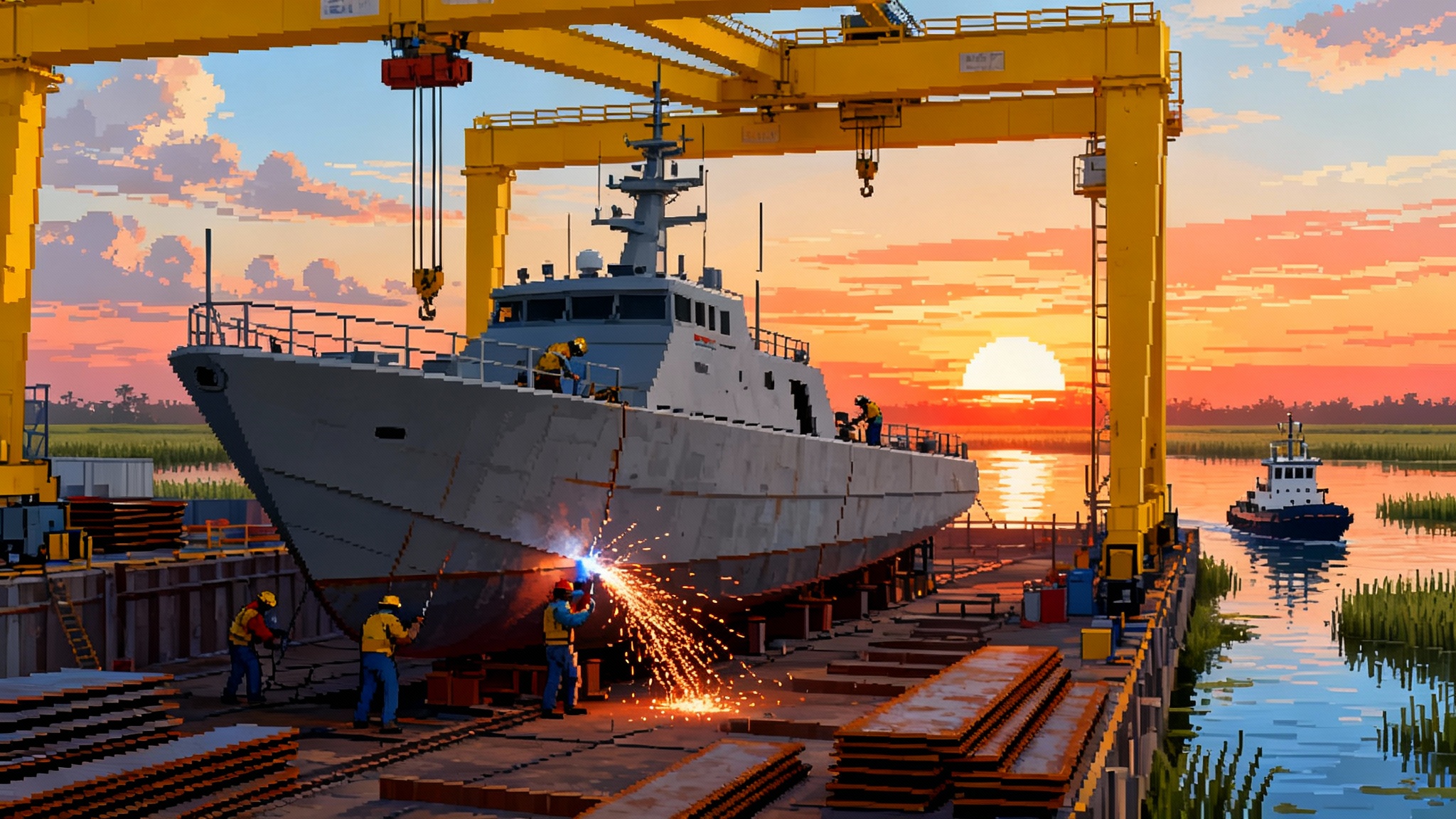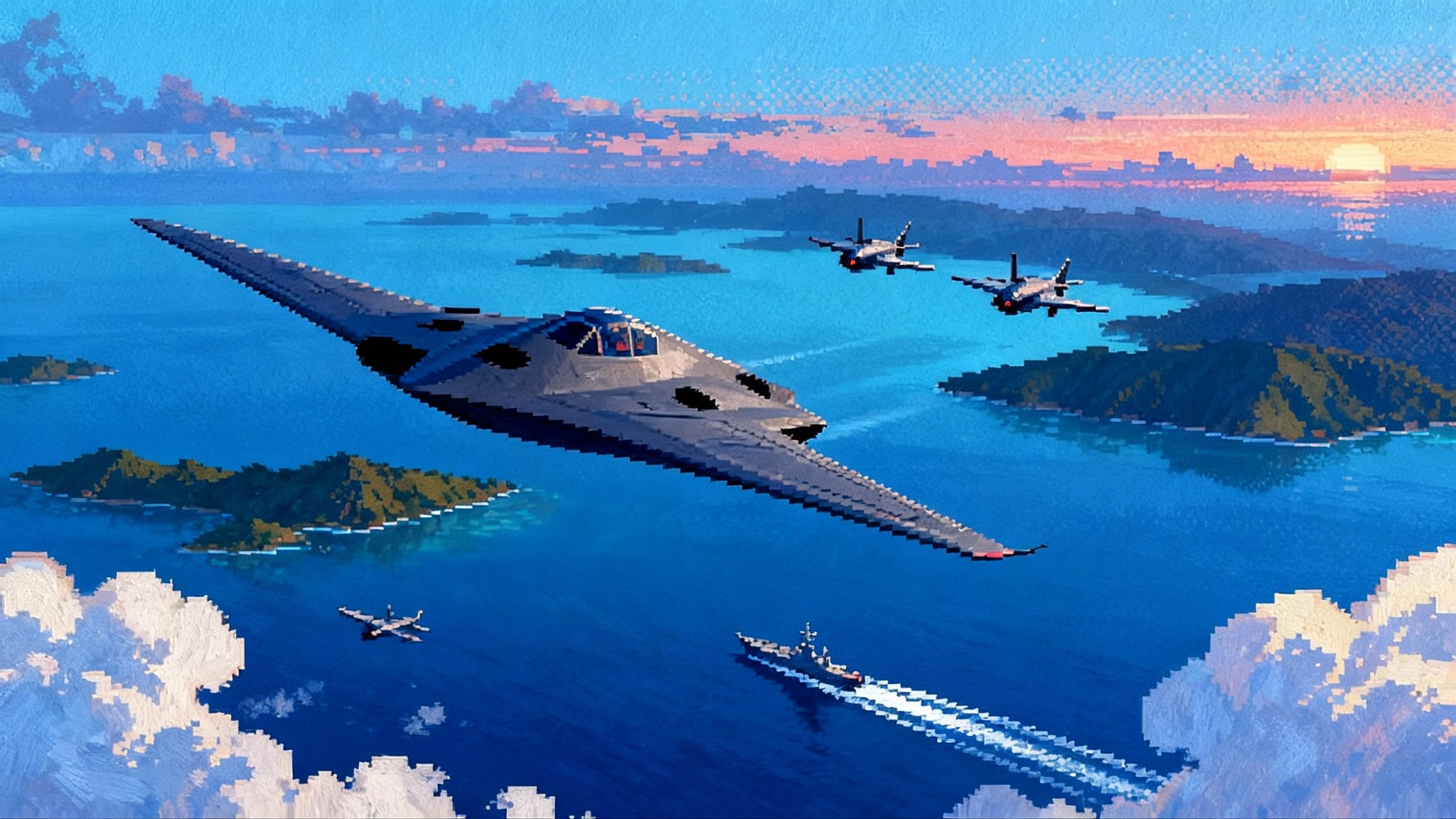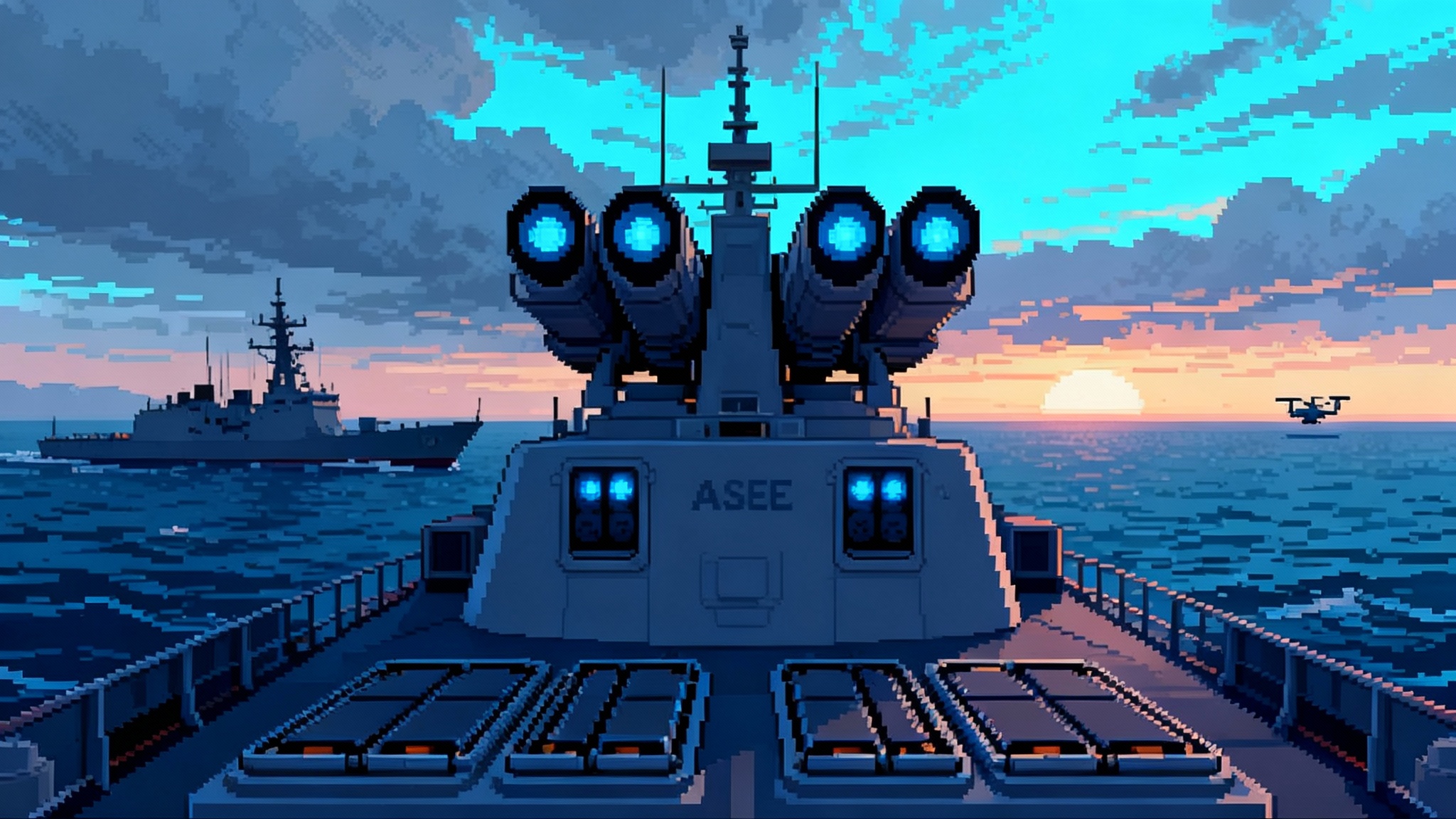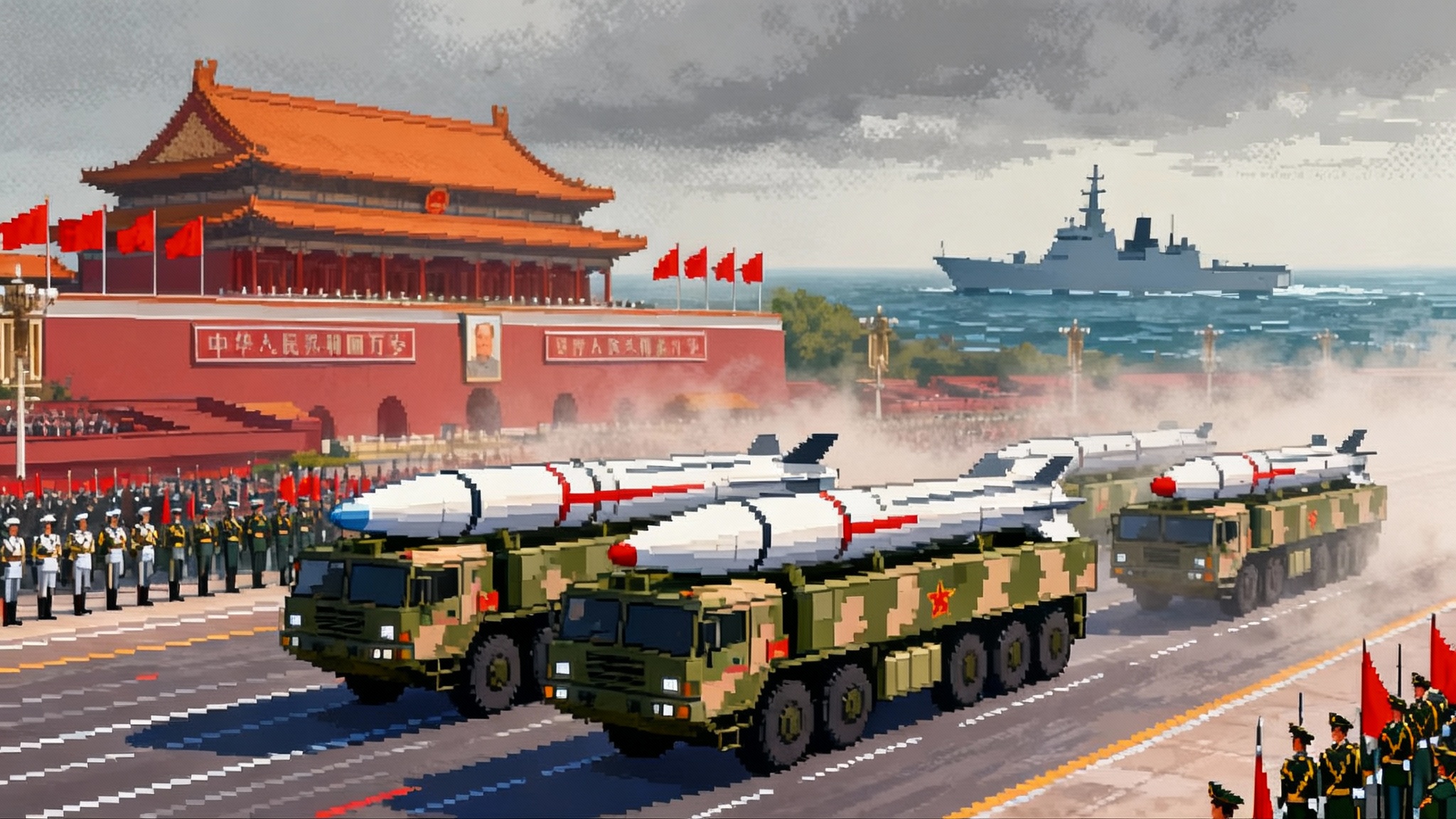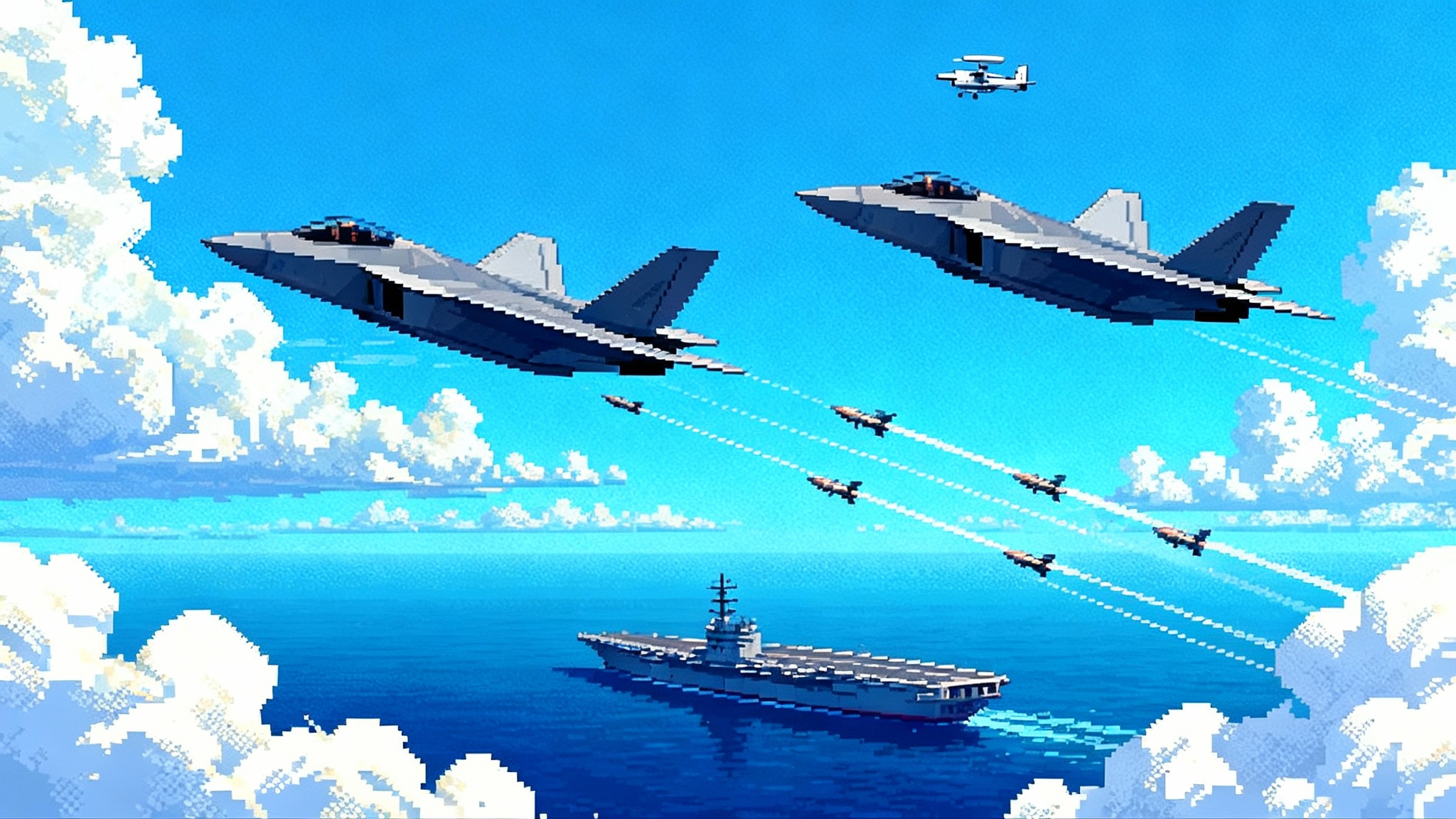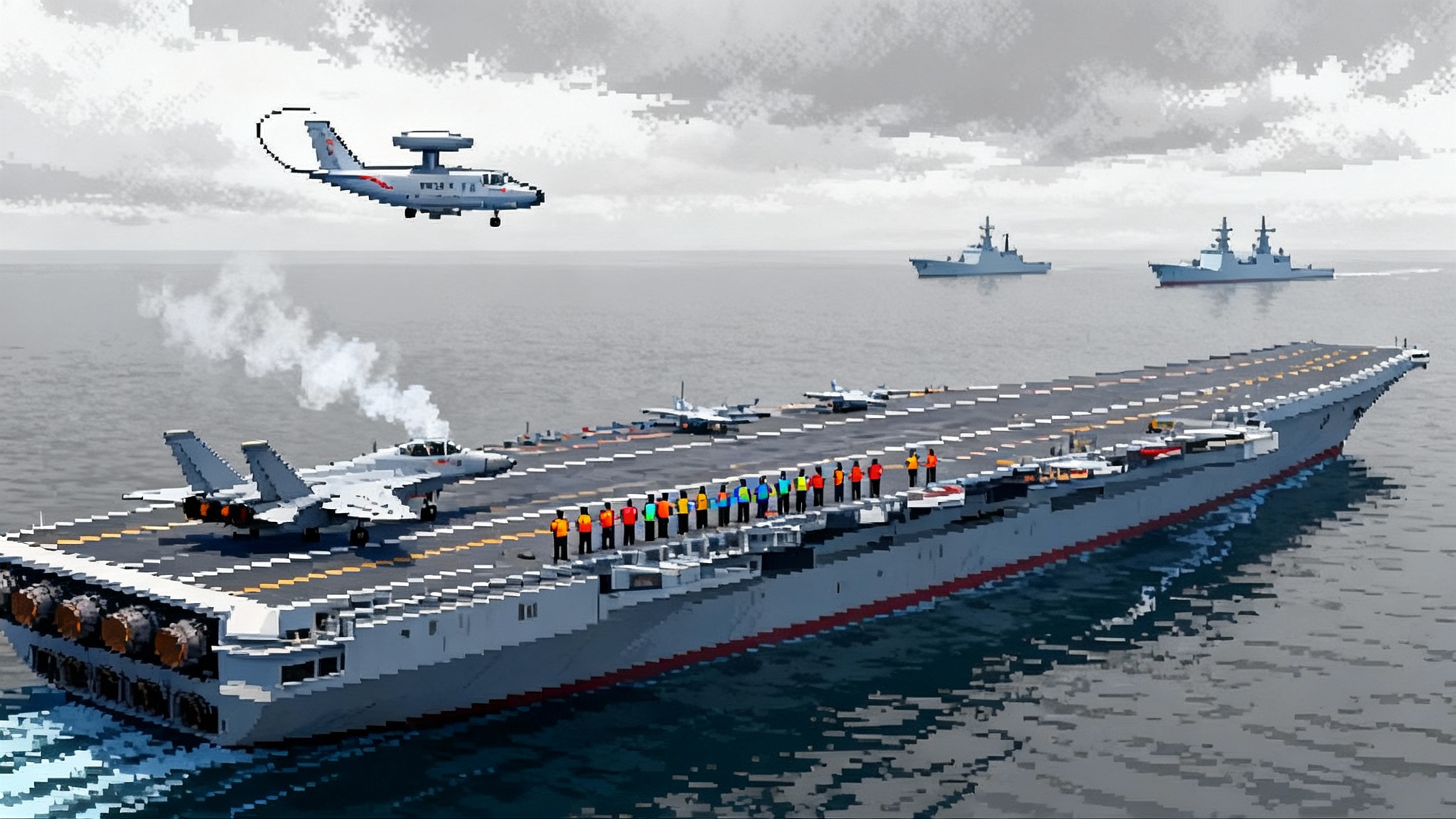USAF Drone Wingmen Lift Off: CCA First Flights Rewire Airpower
The Air Force’s first CCA prototypes are airborne, kicking off autonomy and weapons testing that could reshape F-22 and F-35 team tactics by 2026 to 2027. Here is what flew, what comes next, and why it changes the math.
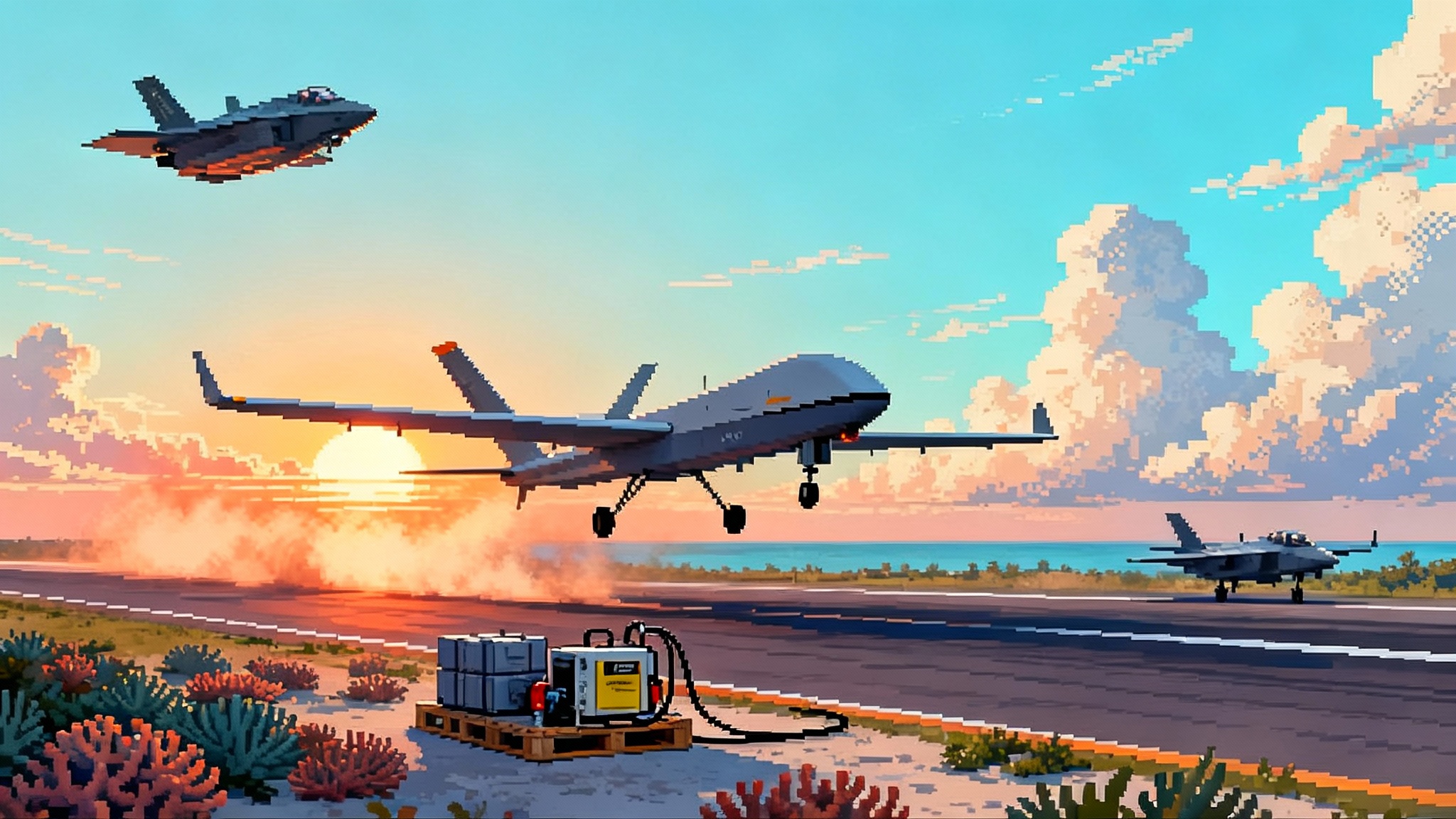
The first prototypes are airborne
The Air Force’s long planned drone wingmen have crossed a threshold. General Atomics Aeronautical Systems’ YFQ-42A began flight testing in late August 2025, with the company confirming the milestone as the aircraft moved into coordinated trials with the service GA-ASI confirms YFQ-42A flight testing. The first hop occurred on August 27 from GA’s Gray Butte field in California, and the Air Force acknowledged the achievement publicly the next day. Anduril’s YFQ-44A is next in the chute, with leaders signaling a mid October first flight. By the end of 2025, both Collaborative Combat Aircraft prototypes should be gathering the kind of data that turns design intent into combat capability.
What makes these first flights different is not just that uncrewed fighters are flying. It is that the Air Force is trying to prove a new way of generating airpower at scale. If Increment 1 stays on plan, CCA will give F-22s and F-35s extra magazines, extra apertures, and extra bodies to take the risks that human pilots should not. The result is a new math for range, mass, and survivability.
Why this moment changes the math
A first flight is always symbolic, but this one carries extra weight. Traditional fighter programs climb through years of envelope expansion before tacticians worry about roles. CCA compresses that playbook. The prototypes are meant to mature autonomy while they shake down airframes, then pivot into operational testing as early as 2026. The goal is to arrive at a credible first operational capability before the decade flips, with enough capacity to actually move the needle in a Pacific scenario.
Several factors make this plausible:
- A simpler airframe problem than a stealthy sixth generation crewed jet, which allows test teams to concentrate effort on autonomy, mission systems, and kill chain integration.
- A procurement strategy that keeps cost targets closer to attritable numbers, not exquisite ones, so the Air Force can buy in meaningful quantity.
- Open architectures that let tactics evolve with software rather than hardware rebuilds.
For a wider view of teaming concepts across the manned-unmanned stack, see Inside Boeing's F-47 NGAD.
Autonomy from takeoff, and why it matters
The biggest philosophical break is autonomy that starts at the chocks. Anduril has been explicit about pushing for a semi autonomous first flight: button push, taxi, takeoff, fly the planned profile, and recover under human oversight. GA-ASI took a more traditional early approach, with remote piloting in the loop for first hops and autonomy expanding as confidence builds. Both paths are reasonable. What matters is proving the safety case that lets crews send four to eight CCAs airborne with minimal bandwidth and still keep positive control.
Early autonomy at the airfield does three things:
- It reduces launch crew and ground control station complexity, which directly affects sortie generation in a crisis.
- It builds trust in the autonomy stack under mundane, repeatable conditions like taxi and pattern work before the aircraft are asked to solve complex air combat tasks.
- It drives the test community to codify hazard mitigations, abort modes, and airspace procedures early, which speeds later expansion.
Expect 2026 to be about these safety cases as much as about tactical demos. Range commanders and airworthiness authorities will want clean evidence for see and avoid, lost link, geofence behavior, and weapons safe separation. If those checks get green lights without drama, autonomy from takeoff moves from headline to habit. Related spectrum resilience lessons from Europe are covered in NATO PNT rethink under jamming.
New roles: EW pickets, decoys, and missile trucks
CCA’s headline role is as a missile truck, an extra battery of AIM-120 and later AIM-260 JATM tucked under the wings or inside bays that can be commanded to ripple shots on a cue from a stealthy manned shooter. That is not the only value. Think in terms of roles that trade affordable mass for risk reduction:
- EW picket. Push a CCA forward as the first node to radiate, jam, and collect. If the enemy kills it, the humans in the package remain unlocated and unengaged. If it survives, it gives the formation time and geometry.
- Decoy and deception. A reusable descendant of MALD logic, but with the ability to maneuver, vary signatures, and coordinate with other decoys. The goal is to pull enemy sensors and missiles off axis and off timeline.
- Sensor gateway. A forward aperture that can net and fuse emissions, infrared, and radar returns, then pass distilled tracks back to the shooters. That reduces the bandwidth burden on the formation and lets autonomy handle target servicing math at machine speed.
- Shooter escort. A CCA can take the dangerous leg of a suppression mission, absorbing the first volleys and forcing adversary emitters to declare, so a human wingman is never the first to be shot at.
The trick is not to assign one role to one design forever. Increment 1 aircraft will likely switch loads and behaviors between sorties. That is what open mission software buys the Air Force.
Manned teaming with F-35 and F-22
Teamwork is where the new math pays off. F-35 and F-22 both carry advanced sensors and secure datalinks, but the bandwidth realities of contested airspace mean these fighters cannot be the sole brains for a wolfpack of drones. Expect a hybrid. Humans will set intent, boundaries, and targets. Autonomy will handle formation flows, sensor tasking, and weapon engagement within commander’s intent.
This has practical effects:
- Less need for constant voice or full motion control links from a mother ship that would give away position.
- More ability to let an F-22 stay dark and let CCAs radiate, then silently hand back tracks for weapons assignment.
- Better magazine depth. An F-35 can hold high value shots in reserve while CCAs spend their weapons first, or vice versa, depending on threat and geometry.
Weapon integration is the pacing item. As JATM moves from procurement into fleet integration, CCAs will need clean carriage and separation test campaigns, then live shots. The first live fire from a CCA will be a milestone that rivals first flight.
Networking, LEO transport, and kill chains
CCA performance depends on resilient, low probability communications and smart data triage on board. Expect more use of directional links, burst transmissions, and on-vehicle sanitization so that only distilled tracks go back to the shooters. For how space transport layers are changing this problem, see SDA LEO mesh rewrites kill chains.
Pacific basing and sortie generation
The Pacific problem is distance, vulnerability, and time. Agile Combat Employment tries to solve that with small, mobile teams that move fighters between austere strips. CCA supports that model in three ways:
- Light footprint. A wing of CCAs can be kept fly ready without the crew and hangar demands of crewed fighters. That matters on short runways and island fields where every pallet and person is contested.
- Dispersed launch, centralized control. CCAs can launch from multiple locations and flow toward the fight, then join manned packages on the move. That complicates enemy targeting and gives planners more options.
- Tanker relief. If a few CCAs take the missile truck role, a pair of F-22s or F-35s can carry less mass and more fuel, or simply count on the CCAs to extend their reach. The result is fewer tanker brackets and more combat time on station.
A quiet but important May 2025 step was the Air Force’s selection of Beale Air Force Base in California as the preferred location for a CCA Aircraft Readiness Unit. The official notice also set expectations for an Increment 1 production decision in fiscal 2026 and signaled that these aircraft will be maintained in a fly ready status with minimal daily sorties, a concept tailored for rapid deployment and low footprint operations Air Force selects Beale readiness unit. That is exactly how you would posture a fleet for Pacific surge.
Cost, attrition, and the value of mass
Leaders have consistently framed CCA as attrition tolerant, not expendable. The cost targets for Increment 1 point to aircraft that are cheaper than a fifth generation fighter by a wide margin, but not so cheap that you treat them like one way munitions. That price band is deliberate. It buys you enough survivability and sensors to matter, at a cost where losing a handful in a day of high intensity combat is painful but acceptable. Tactical mass drives strategic effect. In a Pacific scenario, the ability to generate an extra dozen launch and engagement points on the first day of combat can decide who owns the timeline.
The hidden cost lever is software. If the Air Force can iterate autonomy and electronic warfare effects in software drops every few weeks, the force can keep a rolling edge without buying a new airframe. That dynamic is already visible in how the vendors talk about their roadmaps.
Command, control, and safety cases
Autonomy will not remove humans from command. It will change where humans sit and what they do. The control model that seems to be emerging has three layers:
- Mission command. Human leaders set objectives, boundaries, and rules of engagement, and approve target lists.
- Human on the loop. Controllers supervise and can retask or abort, but they do not drive the aircraft like a remote pilot unless an anomaly occurs.
- Safety case automation. The aircraft must handle lost link, airspace deconfliction, geofencing, and weapons safing without waiting for a human.
Expect rigorous work on airworthiness, range safety, and weapons release authorities in 2026. Semi autonomous taxi has already been demonstrated, which is an ideal place to exercise safety logic in a controlled environment. The moment CCA opens its weapons bay on a range, the safety case will have moved from theory to practice. That is the key that unlocks operational test against realistic threats.
The industrial race: Anduril vs GA-ASI
The competition is not only about who flies first. It is about who can deliver a repeatable production system with software velocity and mission flexibility.
- GA-ASI brings decades of production of large unmanned aircraft, a mature supplier base, and a deep bench in airworthiness and range operations. Its design lineage through XQ-67 points to endurance, internal carriage, and a modular mission system approach. The company’s early flights leaned on proven remote piloted test conduct while autonomy ramps.
- Anduril brings a software forward stack and a factory model built around rapid iteration. Its decision to push for semi autonomous flight from takeoff aims to reduce ground system complexity and prove the robustness of the autonomy early. The firm has also invested in stateside manufacturing at scale to meet a fast ramp if it wins the downselect.
There is room for both to impress. The Air Force will score them on flight test pace and safety, mission system maturity, weapon integration, and the boring but crucial metrics of reliability, maintainability, and cost. A fiscal 2026 production decision will reward the team that proves it can deliver squadrons, not demos.
What to watch on the path to Increment 1 IOC in 2026 to 2027
- YFQ-44A first flight. Air Force leaders have signaled mid October 2025. That keeps both vendors on a similar calendar and preserves schedule margin.
- Autonomy gates. Demonstrations of button push taxi and takeoff under supervision, robust lost link behavior, and safe autonomous recoveries in crosswinds and contingencies.
- Envelope expansion. Clean accumulation of flight hours, with expansions into formation flight with manned aircraft, sensor tasking under autonomy, and off nominal recovery drills.
- Weapons integration. Carriage and safe separation for AMRAAM class weapons first, then JATM as that missile moves into broader fleet integration. A first live fire from a CCA will be a headline moment.
- Networking. Practical demonstrations of low probability communications, data sanitization on the vehicle, and tactics that keep manned fighters silent while CCAs do the radiating.
- C2 and ROE. Clear rules for when a CCA can execute an engagement sequence under commander’s intent, and when it must ask for human authorization. Expect this to mature alongside live fire testing.
- Basing experiments. Agile Combat Employment events that prove a small team can receive, turn, and relaunch multiple CCAs from an austere strip, with fuel, spares, and comms that fit in a handful of pallets.
- Production readiness. Evidence that both vendors can build at squadron scale with consistent quality and acceptable cost, and that the Air Force’s Beale readiness unit can absorb aircraft and field them rapidly once a downselect occurs.
- Budget stability. The fiscal 2026 decision will only hold if funding lines stay healthy. Watch for language that maintains quantity and keeps Increment 2 on a two year drumbeat.
The bottom line
By getting a prototype into the air in August and lining up a second for October, the Air Force has translated years of CCA talk into hardware and flight data. The near term is about safety cases, autonomy that starts at the chocks, and proving that missile truck and EW picket roles work with manned fighters in contested airspace. The medium term is about basing and production, so a wing’s worth of CCAs can deploy on short notice and actually change outcomes in the Pacific. The industrial race will be decided less by splashy demos and more by who can make this look routine at scale. If the vendors and the Air Force hit the gates laid out for 2026 and 2027, the service will enter 2028 with a credible, scalable uncrewed combat arm. That would be a genuine shift in the math of airpower.
